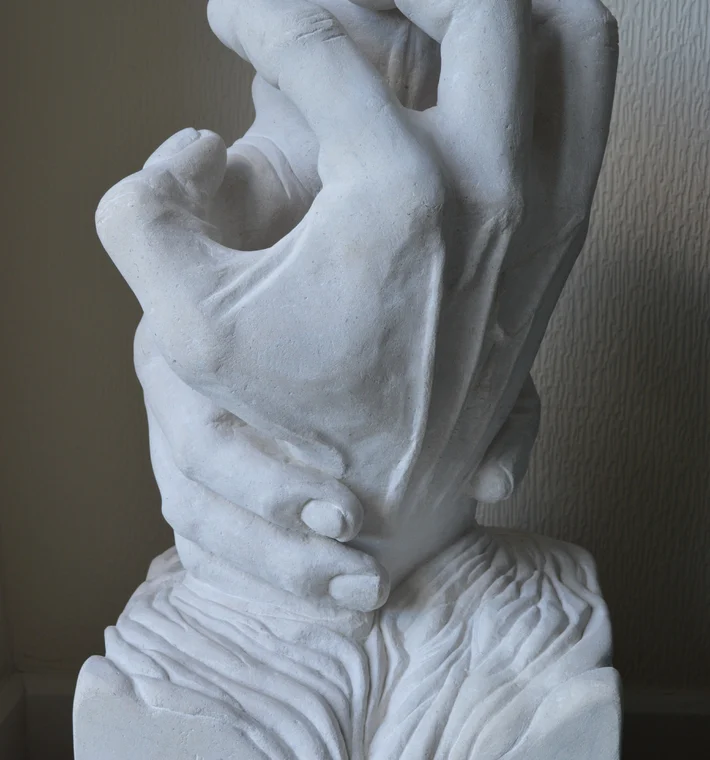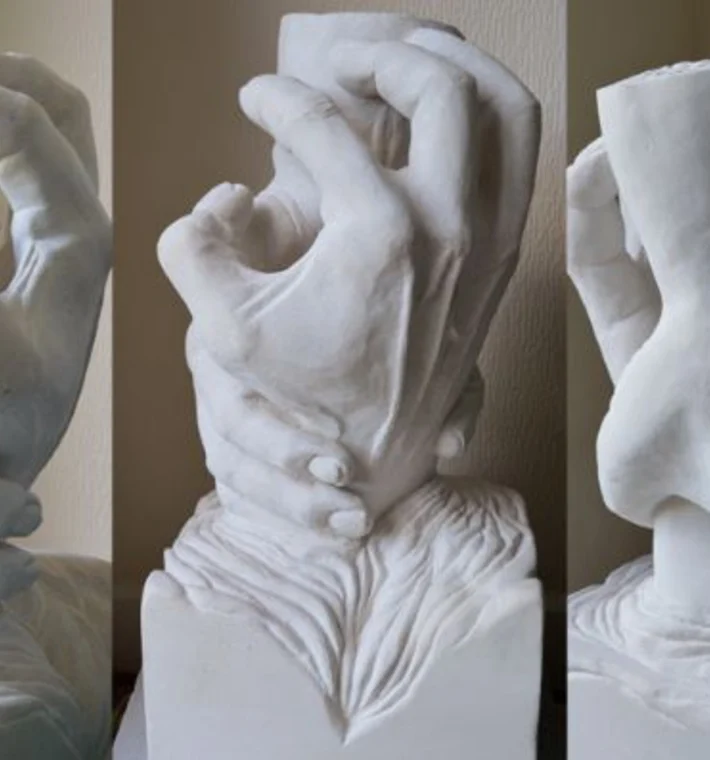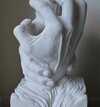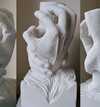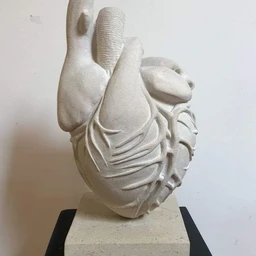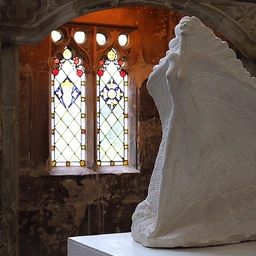Sculpture Information
This sculpture represents the story of a Gloucester man who was part of the local drug culture. He saw that continuing his addiction would kill him. He was taken to some church meetings by a couple of Baptist blokes and that helped him make a decision to change. He says he felt God’s love through his two friends and eventually managed to control his addiction and stopped using.
Interestingly Time magazine said only 5% of the soldiers who were addicts in Vietnam continued to use drugs when they returned home to their families and friends. So, the opposite of addiction is not simply abstention but more about the strength of social connection.
Professor of Psychology Alexandre Bruce found that connection was important for the wellbeing of rats. Firstly, he placed a rat alone in an empty cage with two sources of water, one containing cocaine and heroin and the other plain water. Under these circumstances the rat overdosed and died. However, if the rat was placed in rat park with other rats, although they tasted both the laced and pure water bottles, most shunned the drugged water and none of them died. The conclusion being that rats needed community and an engaging environment to be able to avoid addiction.
In 2015, close to the finishing point of this sculpture, refugees were beginning to come across the channel, many of them drowning. I remember a picture of a small boy washed up on a French beach. This resonates with my sculpture the hand reaching down to save someone drowning.
I relate this image to Peter being pulled from sinking in the waves by Jesus.
The lady who purchased this sculpture is training to be a counsellor.


